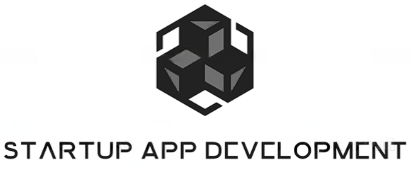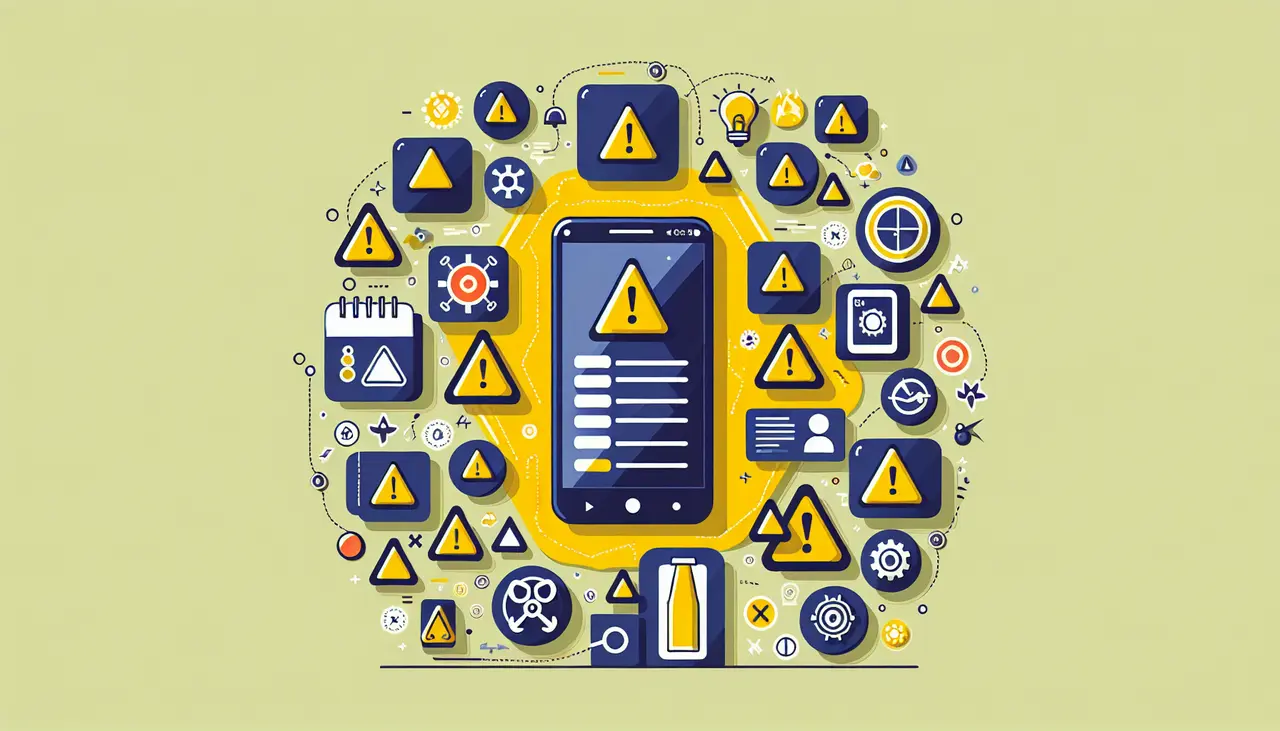Navigating the world of app development can be a daunting journey, filled with obstacles that could easily derail your project. However, with a bit of foresight and knowledge, you can steer clear of these common pitfalls. In this article, we’ll explore the most frequent stumbling blocks and how to avoid them to ensure a smooth and successful app development process.
1. Overlooking Market Research
Without thorough market research, you may develop an app that doesn’t meet user needs or has too much competition. This is one of the most common mistakes in app creation. Imagine spending countless hours and resources crafting an application only to find out that your target audience doesn’t exist or their needs have already been met by another app. To avoid this pitfall, it’s crucial to conduct comprehensive research to understand your target audience, their preferences, and pain points. By doing so, you pave the way for an app that resonates with users and stands out among competitors.
A successful app begins with understanding the market dynamics. Thorough research not only informs your design and functionality decisions but also helps avoid developing a product that users might disregard due to oversaturation or misalignment with current trends [London App Development]. By incorporating insights from analysis tools and platforms, you can better position your app to fulfill gaps in the market and provide unique value. Remember, knowing your competitors and regularly updating this information ensures your strategies remain relevant and effective.
2. Neglecting User Experience Design
User Experience Design (UX) is perhaps the backbone of successful app development. Skimping on UX design can result in an app that is cumbersome or frustrating to handle. At its core, a thoughtful, user-friendly design encourages engagement and makes users want to return. Consider the statistic revealing that 21% of users abandon an app after just one use due to poor user experience. This highlights the importance of prioritizing intuitive, seamless interfaces that simplify navigation [GeeksforGeeks].
Moreover, investing in UX design yields substantial returns through customer satisfaction and brand loyalty. A well-crafted user interface not only enhances first impressions but also facilitates smoother user journeys by minimizing friction in user interactions. To achieve this, running usability tests and incorporating user feedback is imperative to refining the app’s interface and ensuring it meets evolving consumer expectations. The goal is to design an app that is as engaging as it is functional, aiding in the retention and growth of your user base.
3. Failing to Define the Minimum Viable Product
An undefined Minimum Viable Product (MVP) can make development aimless, akin to steering a ship without a compass. The MVP is essential for validating concepts with minimal resources by focusing on only the core features necessary to solve the primary user problem [Business of Apps]. It facilitates early user feedback, allowing you to gather insights and iterate accordingly. Without a clear MVP, projects risk spiraling into never-ending development due to feature creep, wasting valuable time and resources.
4. Ignoring Regular Testing
Regular testing is a non-negotiable aspect of app development, yet it often gets overshadowed by the thrill of creation. Ignoring regular testing can lead to a plethora of undetected bugs and a diminished user experience. Schedule routine testing cycles to catch bugs early and maintain a high-quality, functional app. Integrating various types of testing, like unit, UI, and regression testing, can uncover hidden issues that might compromise your app’s performance or security [HyScaler].
Ensuring thorough, frequent testing across different platforms minimizes potential post-launch issues, safeguarding your app’s reputation and functionality. Automated testing tools play a critical role as they speed up the process while decreasing manual testing errors. Moreover, testing is part and parcel of delivering a well-rounded product; apps frequently riddled with glitches or crashes lead to irreversible damage to both user trust and brand equity.
5. Underestimating Budget and Timeframes
Insufficient budgeting and unrealistic timelines represent significant hurdles that can derail app development projects. Develop a detailed project plan that accounts for potential costs, including unforeseen expenses, to ensure financial and temporal efficiency. Being to aware of your budget and time constraints is instrumental to a smooth operation that avoids scope creep and project delay. [TechAhead].
Accurate budgeting also fosters open, transparent communication within development teams and stakeholders, ensuring all parties have realistic expectations. Aligning development goals with both budgetary constraints and feasible timelines serves to synergize efforts and ensures that the app remains on track for launch. It’s equally crucial to allocate time and budget towards unforeseen challenges, thereby enhancing adaptability within your project’s overarching plan.
6. Overcomplicating Features
Complex features might seem impressive on paper; however, they can just as quickly become a burden, overwhelming both users and the development team. The key here is restraint, opting for simplicity without sacrificing functionality. Developers should start by establishing a well-defined feature set that addresses core user needs with precision and clarity [GeeksforGeeks].
Separating essential features from those that are merely ‘nice to have’ is critical. Achieving simplicity in design doesn’t mean sacrificing innovation; rather, it emphasizes creating intuitive and straightforward interactions that enhance user experience. Moreover, overloading your app with features can lead to an unnecessarily complex maintenance cycle—complicated updates, bug fixes, and user training processes all contribute to an incoherent product arc. By focusing on core functionalities that have genuine utility, you can forge a functional, scalable app that prioritizes user engagement.
7. Lack of Integration with Existing Systems
Ensuring smooth integration with existing systems has far-reaching benefits to your app’s overall functionality and usability. A well-executed integration allows users to transition seamlessly between the new app and other platforms they’re already familiar with. This improves overall user satisfaction and extends your app’s utility [HyScaler].
8. Forgetting Ongoing Maintenance
Every app requires updates and troubleshooting, yet ongoing maintenance is frequently underestimated. Planning for regular updates and adjustments ensures your app remains relevant, secure, and user-friendly. These updates address security vulnerabilities, bug fixes, and align the app with the latest technological advancements [Business of Apps].
Introducing timely updates is not only about fixing problems—it’s a proactive approach to enhancing user experience. Ensuring that your app is in tandem with the latest device and platform changes bolsters your credibility and user trust. Users today anticipate apps that evolve, gaining new, practical features and improved performance. Maintenance, therefore, is a critical element to foster long-term engagement, ensuring that your app retains its competitive edge in an ever-demanding market.


